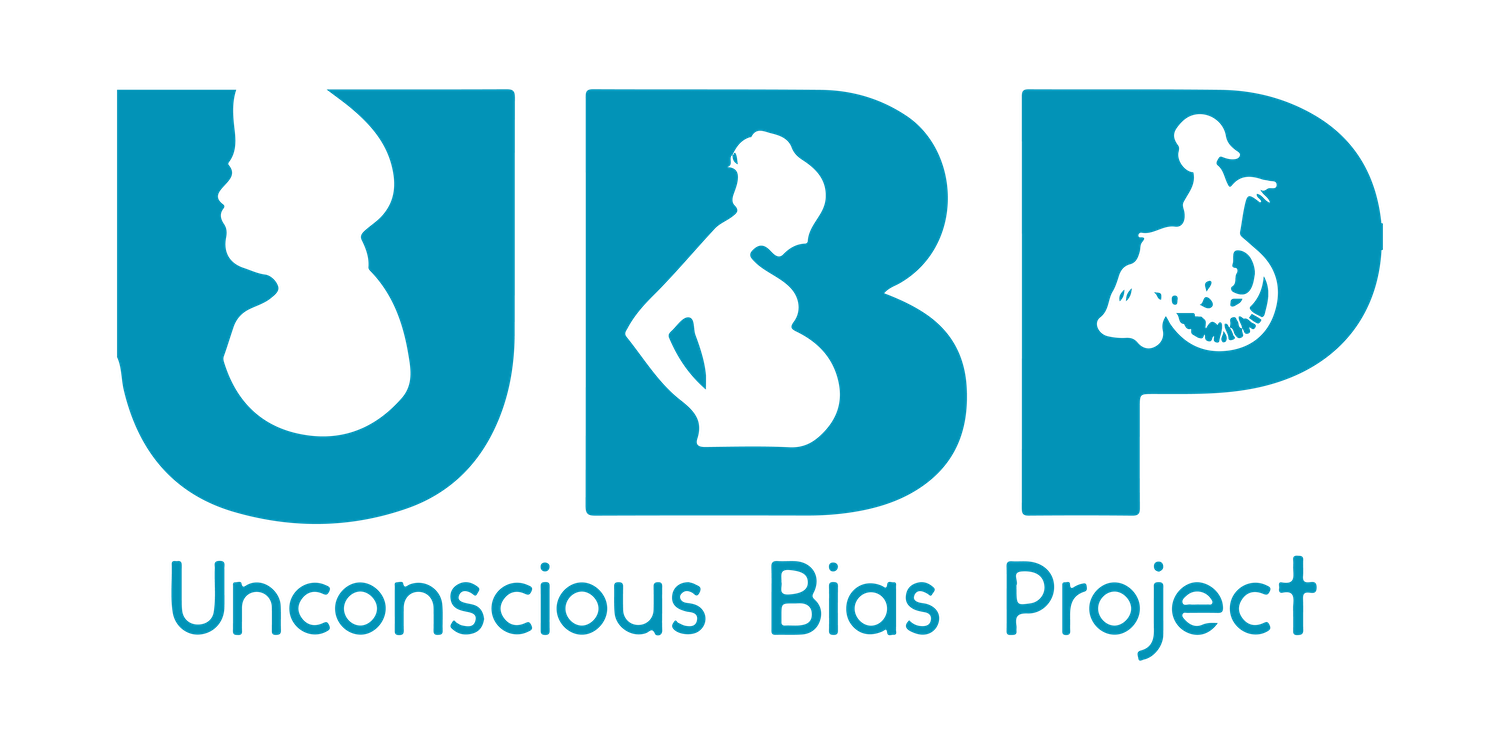What is Unconscious Bias?
How Does Unconscious Bias Form?
Published in 2020 by Dr. Cat Adams
Unconscious Bias Results from Stereotypes
We live in a world inundated with stereotypes. A stereotype is a widely held but fixed and oversimplified image or idea of a particular type of person or thing.
There are stereotypes about gender, like “women are good caretakers,” or “men are good at fixing things.” Stereotypes can be about race, like “African Americans are poor” while “Asian Americans are good at math.”
Stereotypes might seem inconsequential, but they become problematic when we automatically associate individuals with certain stereotypes. Our brains are quick to make these associations, which can result in unconscious bias.
Unconscious bias is defined as prejudice in favor of or against one thing, person, or group compared with another, usually in a way considered to be unfair. Unconscious bias can manifest in many ways, such as how we judge and evaluate others, or how we act toward members of different groups.
The primary literature shows people can harbor unconscious biases against, for example, white women or people of color, even when that person consciously believes that sexism and racism are wrong.
We Learn Stereotypes from Lots of Places
We hear stereotypes from TV, movies, radio, books, magazines, countless sources on the internet, and even the people around us. It’s really, really hard to grow up without acquiring unconscious bias, because so many things around us perpetuate both positive and negative stereotypes (Wilson and Brekke 1994).
Just examining television as a source of stereotypes, plenty of studies document how exposure to stereotypes results in unconscious bias in the short-term.
One lab study found that exposure to TV commercials with gender stereotypes caused female participants to lower their own leadership aspirations (Davies et al 2005).
Another experiment showing fake crime stories found that “white participants…who endorsed negative stereotypes of African Americans viewed the black suspect in the crime story as more guilty, more deserving of punishment, more likely to commit future violence, and with more fear and loathing than a similarly portrayed white suspect” (Peffley et al 1996).
Outside of these lab experiments, studies have found that run-of-the-mill television is brimming with stereotypes, likely influencing our thinking. For instance, television news is more negative about black Americans (Entman 1994).
Television isn’t the only source of stereotypes. A huge number of studies have demonstrated how exposure to negative stereotype from many sources can result in unconscious bias.
“Women who read a paragraph containing positive stereotypes about feminists were twice as likely to self-identify as feminists as women in the control condition or the condition in which they read a paragraph containing negative stereotypes about feminists” (Roy et al 2007).
In an experiment where participants evaluated fake criminal cases, when pressed for time, “a negative stereotype of the defendant evoked higher estimates of guilt, harsher punishment and better memory of incriminating evidence than a positive stereotype, while there was no effect of stereotype valence in the low-load condition” (Van Knippenberg et al 1999). In other words, people act with more bias when they have less mental bandwidth.
Stereotypes are definitely something we learn.
“Older EuroCanadian children recalled more negative behaviors about outgroup members than did younger children” (Corenblum 2003).
New research even indicates that we can “catch” bias from the people around us (Willard et al 2015).
Stereotypes are Deeply Internalized
People judge others when they don’t conform to prescribed stereotypes, too (Costrich et al 1975).
Studies have also documented how stereotypes predict bias in long-term longitudinal studies. Just using television as an example of stereotype sources: “Among girls, amount of television viewing is significantly associated with sexism scores a year later” (Morgan 1982).
Lastly, the primary literature has thoroughly established that the degree to which someone has internalized stereotypes, often as measured by the IAT, influences their unconscious behavior.
The degree to which teachers have internalized gender stereotypes predicts whether these teachers recommend boys or girls for possible careers: “Boys are more likely to be recommended for a math/science-oriented secondary school, whereas girls are more likely recommended for a language-oriented school” (Nürnberger et al 2016).
In a study examining average IAT scores in 34 different countries, “nation-level implicit stereotypes predicted nation-level sex differences in 8th-grade science and mathematics achievement” (Nosek et al 2009). The gender gap in performance could be due to the students’ internalized stereotype threat, and/or differences in how teachers prepare students of different genders for exams.

